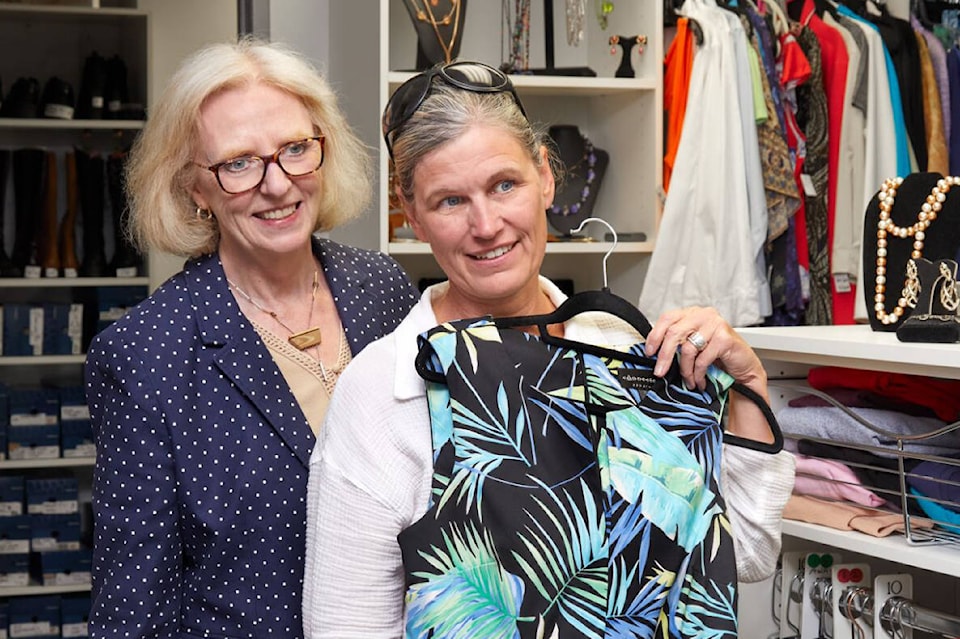Greater Victoria has earned a ‘B’ grade in the 2023 Victoria’s Vital Signs report, with affordability once again topping the list of residents’ concerns.
The Victoria Foundation released the 18th annual Vital Signs results at its first-ever open-invite public launch. More than 300 community members enjoyed Dr. Robyne Hanley-Dafoe’s inspirational speech on resilience, before engaging with subject matter experts available to discuss the report’s findings.
The check-up measures the vitality of our region, as perceived by community members, and the findings will now inform the Foundation’s granting, conversations with donors and internal decisions, in addition to influencing its Vital Conversations events in the coming months.
The region’s ‘B’ grade is a drop from last year’s B+. The grade is based on survey respondents who assign a letter grade from A to F for 12 key issue areas, including quality of life, belonging and engagement, arts and culture, and more, along with data from secondary sources curated by a local researcher.
Of note this year:
- Grades in six of the 12 issue areas changed since last year – housing improved to a D from last year’s F, but still remains the lowest grade. The grade for health and wellness increased from C+ to a B- and environmental sustainability improved slightly, from a B- to a B. Scores dropped for safety, learning, and sports and recreation.
- 5,319 people completed this year’s survey – the most in Vital Signs history.
- 66 per cent of respondents said they feel respected living in Greater Victoria, however for people who identify as Black, Indigenous or as a person of colour, that figure dips to 56 per cent.
- Respondents again said the best things about Greater Victoria are the natural environment and climate.
“This year’s Vital Signs report clearly outlines the main issues facing our community and highlights where we need to improve,” says Victoria Foundation CEO Sandra Richardson, noting that once again, cost of living and housing emerged as two of the most important issues.
“Now, more than ever, we need to work collaboratively so we can move from hope to change and improve our collective well-being.”

Read the report today
Pick up the magazine-style final report from various locations throughout the community, or read it online here.
Additional data is also collected at the Vital Victoria online data hub, a report companion that explores 84 indicators on quality of life in Greater Victoria, and ties them to the UN Sustainable Development Goals.
Sparking fresh ideas
The Victoria Foundation has granted $75,000 in Spark Funds to local affordability initiatives. Emerging from last June’s Vital Conversation event that looked at opportunities to make life more affordable in the region, grants were awarded for initiatives ranging from food security to housing.
Grant recipients were: Victoria Community Food Hub; Community Social Planning Council of Greater Victoria; Saanich Volunteer Services Society; Scale Institute Society; Saanich Legacy Foundation; and the University of Victoria’s Indigenous Asset Mapping Project.
